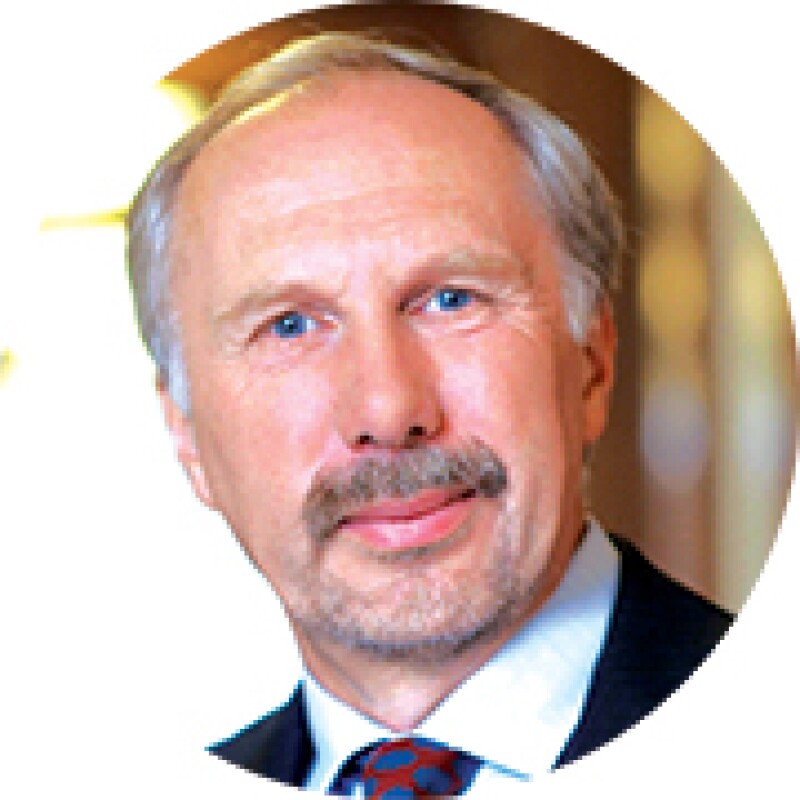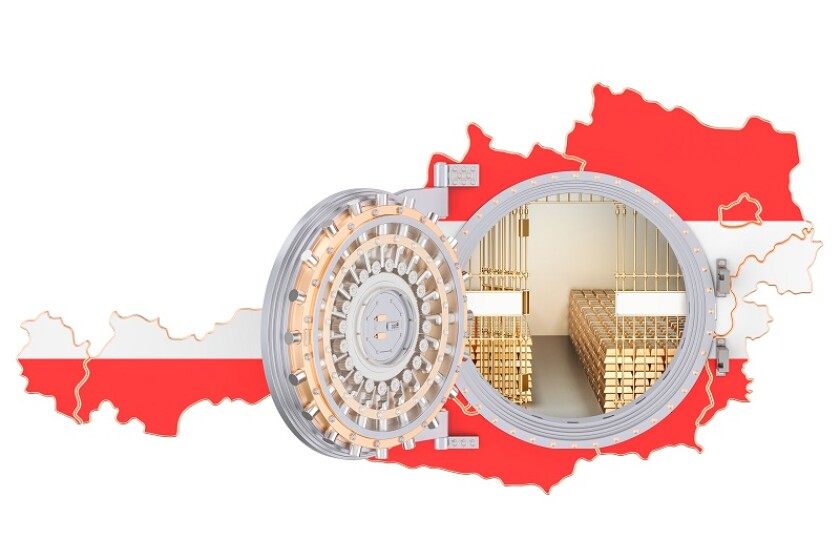
The global economy is currently in a phase of strong synchronous growth. Although the uncertainty about future political and economic developments has increased recently, both developed and emerging countries are contributing to the global expansion. Austria is particularly benefiting from the strong rebound in its most important export markets, the euro area and the CESEE countries.
The Austrian economy is currently in a mature stage of a pronounced economic cycle in which all demand components are contributing to growth. In 2017, growth reached 3.1%. This doubled the rate of expansion observed in the previous year. According to our latest projection from June 2018, the Austrian economy will maintain its momentum and grow by 3.1% in 2018. For 2019 and 2020, the rate of expansion will slow down to 2.1% and 1.7%, respectively. Compared to the forecast of December 2017, this represents a slight upward revision.
Exports reached their strongest growth rates towards the end of 2017. Since then, momentum has been weakening. However, it is still too early to assess whether this development is merely a normalisation after exceptionally strong growth or whether, against the background of a cooling global economic cycle and a possible increase in protectionist measures, a stronger slowdown of export activity will occur. Besides exports, domestic demand is currently the second pillar of the Austrian economy. Equipment investment is playing a decisive role. The current cycle of investment in plant and equipment has been unusually long and strong. Driven first by replacement investment and then increasingly by investment in capacity expansion, investment in plant and equipment grew by almost 9% each in both 2016 and 2017. This investment cycle began to slow down slightly at the end of 2017. However, investment activity will remain robust in the current year as indicated by the high degree of capacity utilisation. Residential construction recently showed moderate growth, with building permits pointing to an acceleration.
The labour market is characterised by exceptionally strong employment growth. For 2018, the number of employees will grow by 2.2%. Such strong employment growth was last recorded in 1990. For the years 2019 and 2020, the phasing out of the business cycle is expected to bring about a normalisation in employment growth. However, the unemployment rate will remain close to 5% due to the strong increase in labour supply. Despite the good labour market conditions private consumption will grow by no more than 1½% in the years 2018–2020.
After reaching 2.2% in 2017, Austrian Harmonised Index of Consumer Prices (HICP) inflation will remain at this level in 2018. In 2019 and 2020, inflation will come in at 2.0% and 1.9%, respectively. This decline is mainly due to the energy component of the HICP, which will dampen inflation due to an assumed decline of oil prices. Unit labour costs will rise only moderately and thus not fuel inflation.
Due to the very good cyclical conditions and low interest rates, the general government budget balance is expected to improve to 0% of GDP in 2018 (from -0.7% of GDP in 2017) and to turn positive in 2019 and 2020. Consequently, the government debt as a share of GDP is forecast to drop to some 67.5% of GDP by 2020 (from 78.4% of GDP in 2017). The decline reflects strong nominal growth and low interest rates as well as the progressive divestment of assets by the government-run bad banks.
